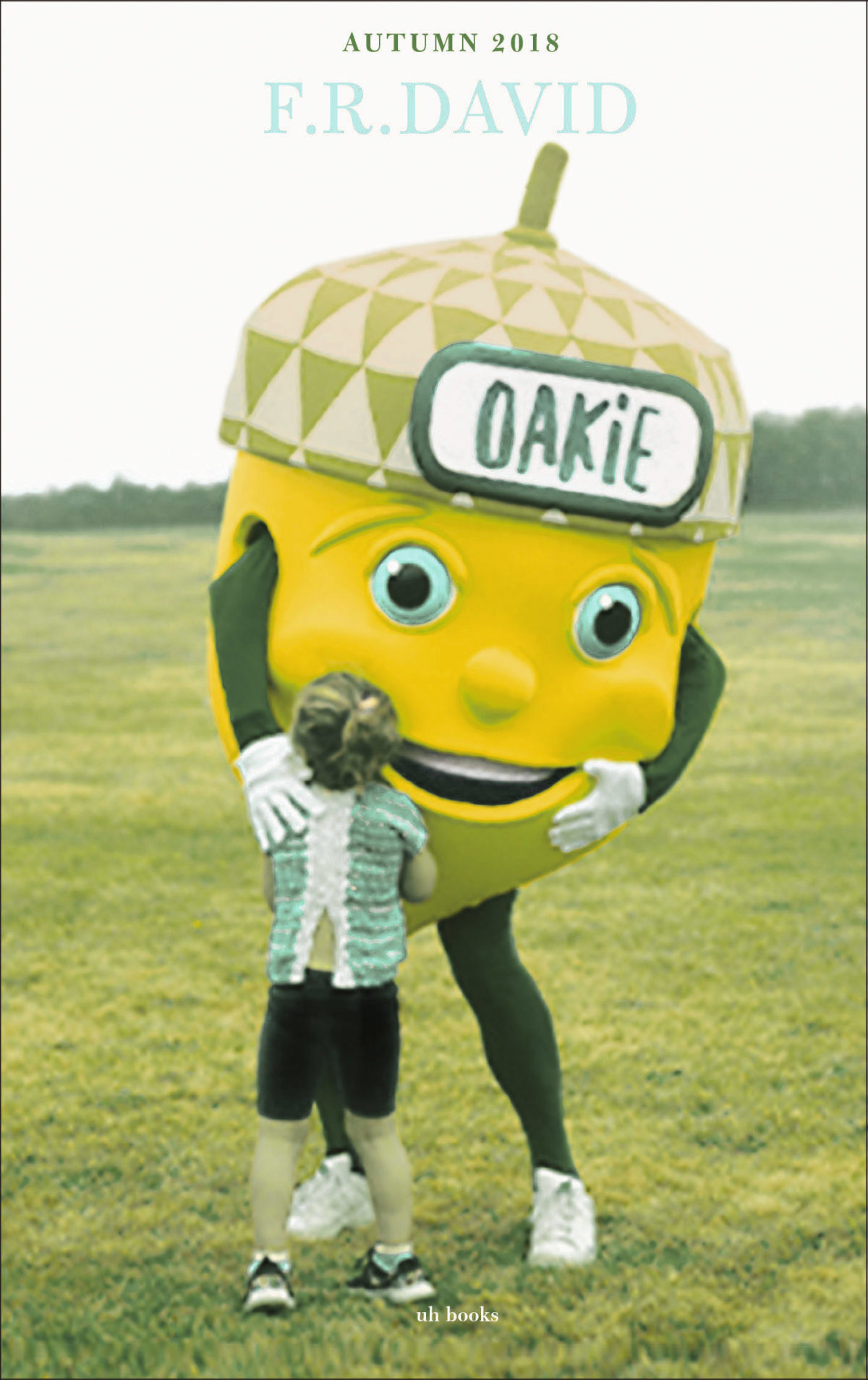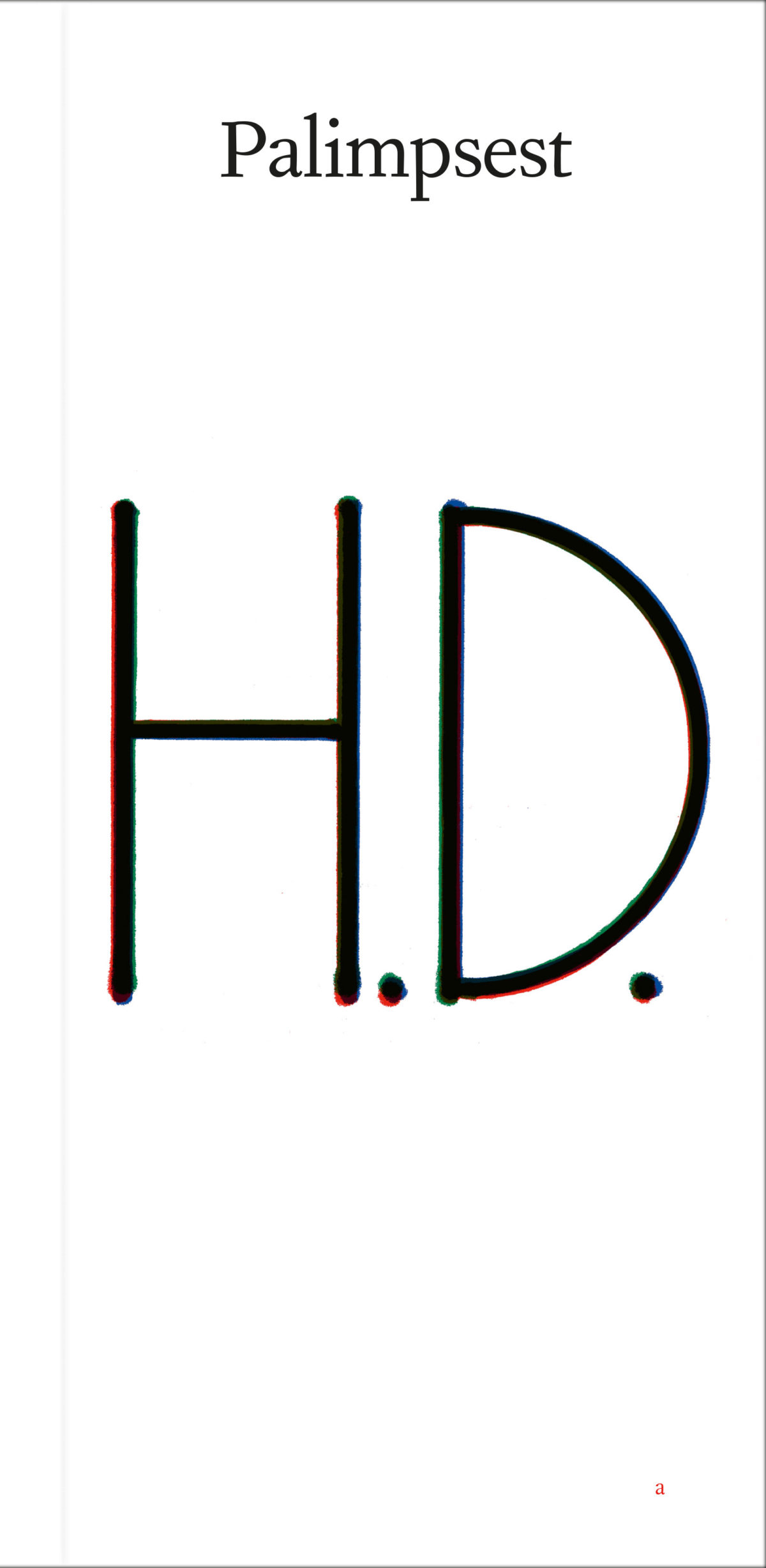Typographers normally design using other people’s words and eventually accept a situation in which they are limited to making only slight modifications in a given text even when a syntactic rephrasing could make the message more understandable. […]
F.R.DAVID is a typographical journal, dealing with the organisation of reading and writing in contemporary art practises. “what I mean is—” the 16th issue, edited by Will Holder.
F.R.DAVID is concerned with the organisation of reading and writing in contemporary art practice. […] Typographers normally design using other people’s words and eventually accept a situation in which they are limited to making only slight modifications in a given text even when a syntactic rephrasing could make the message more understandable. […] The intention is not to provide a course in typographic history or style, but to provide experiences based on language as communication of a perceptual/cognitive idea or event, language as presented visually—enhancing perceptual meaning, and language as invention or systematic structure. […] I’m the robotic kid looking through digital eyes past the windshield into the pre-invented world […] Material, that is to say unformed or unshaped matter, is the field where authority blocks independent experimentation less than in many other fields […] 15—Craft’s gestural intelligence is apt to discover material potential only by internalising and inhabiting the specificities of a tradition. This tradition knows JOY IS FORMAL INTELLIGENCE. CRAFT’S TRADITION IS JOY […] The resources of expressive art have never been cheaper, the productivity of the individual expressive artist has never been higher, the accomplishment of a density of surface effects in contemporary artworks has never been easier to bring about. […] it is not so much what we want as what we want to want, or what keeps us wanting […] plastic, wondrous plastic! ideal for the girl on the go, easy to care for, hard to care about, plastic. whether it’s a fast escape from an unhappy household, or running for dear life down some dark alley, plastic works for you. […]

120 x 192mm, 224pp b/w, with postcard and bookmark in 3 colours.
EU 10 (excluding postage)
Buy now (through rile*)
F.R.DAVID is co-published with KW Institute for Contemporary Art, Berlin.
Will Holder’s work is supported by a Paul Hamlyn Foundation award.
a



